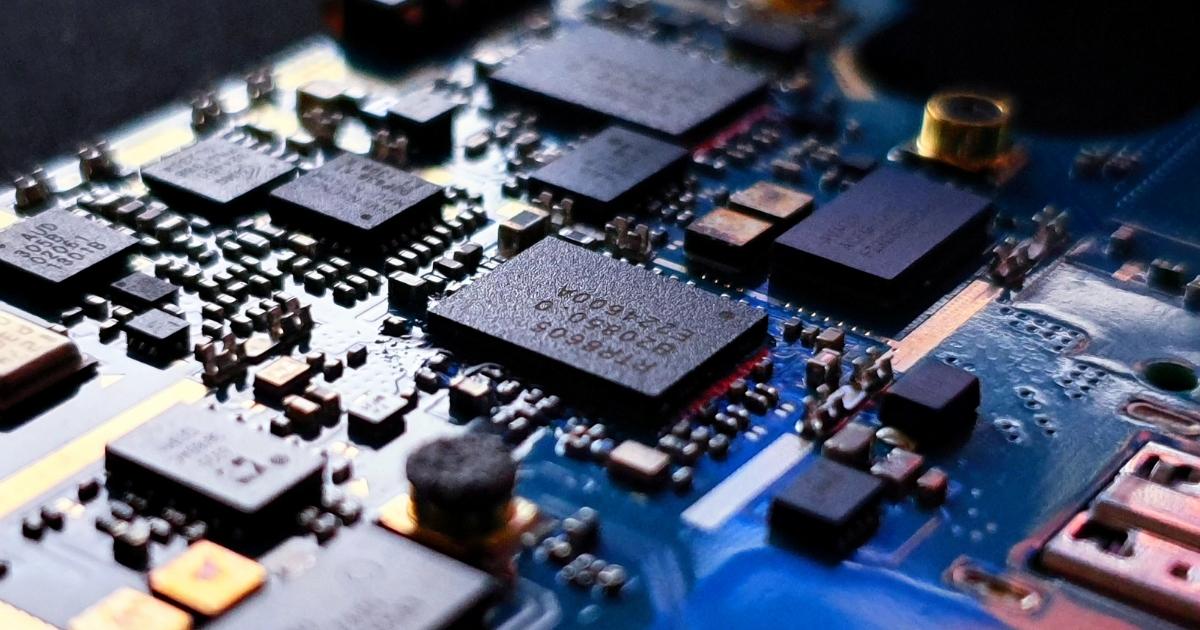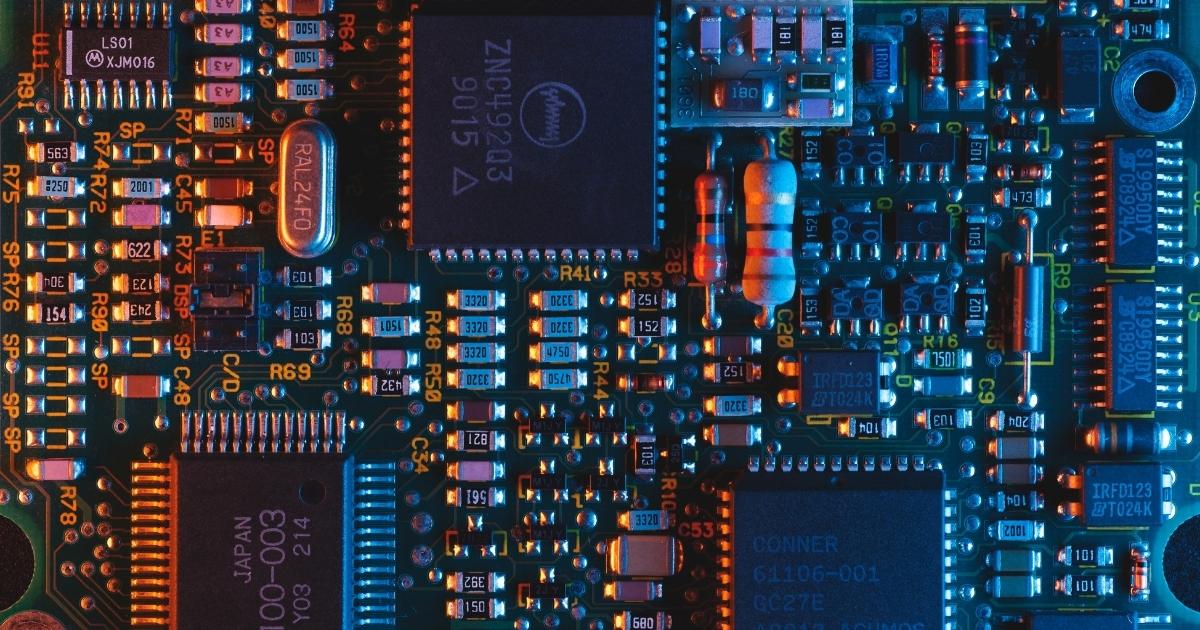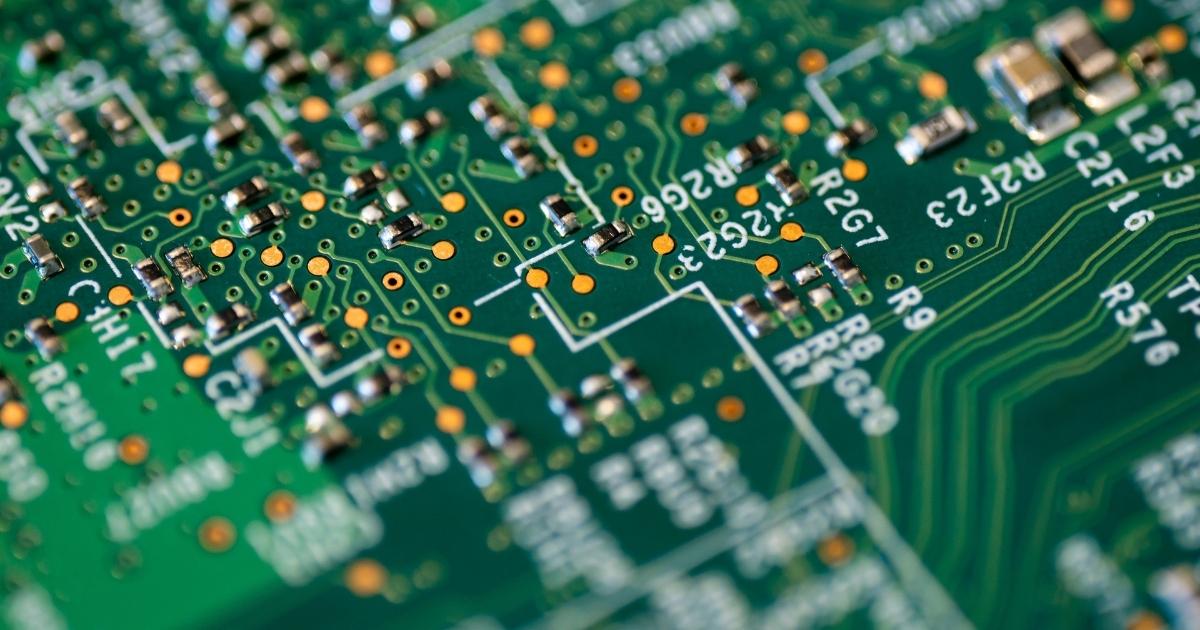Semiconductors: the Electronic Equipment Shortage Explained

This article aims to shed some light on a well-known supply chain shortage that will continue to affect our industry. The tech guys amongst us will definitely know what I’m referring to, but captains, owners representatives and other companies in and around the maritime world may not know how bad it truly is and how it still could affect them.
Our company YOT (Your Onboard Technologies) Store is a supply chain to IT and communications equipment to the maritime industry supporting numerous integrators and suppliers. Being at the centre of the electronic equipment shortage, I wanted to share our view on a very well publicised topic so you could hear it from real guys from within the supply chain.
The ‘semiconductor shortage’, simply put, is causing havoc in the supply of many technical components. The car industry and technical hardware spaces have been affected the most, making it increasingly harder for suppliers to acquire what they need for their customers. This article explains where this shortage has come from and what the semiconductor shortage means for the maritime industry currently and in the future.
What is a semiconductor?
Let's start with the basics. A semiconductor is an electronic component that dictates the flow of energy. They can be are found in many different form types such as resistors, transistors, diodes and IC chips. Back in 1947, a group of US scientists created the original transistor, but little did they know how it would transform the world and how we live today, with the semiconductor at the heart of every electronic device we own.
Where do the semiconductors raw ingredients come from?
Predominantly silicon, germanium metalloids, or compounds such as gallium arsenide are the core ingredients that up the semiconductor. These metalloids and compounds are mined from Japan and Mexico, and transformed into semiconductors currently and over the last 70 years.
Silicon is the eighth most common element in the universe by mass and makes up 9/10 of the earth's crust, and it's so abundant that Silicon is the 2nd most prevalent element in the crust of the earth to oxygen.

Where are semiconductors manufactured?
You guessed it, Asian manufacturers dominate this space. The electronic chips are produced by the billions, feeding one of the biggest industries in the world valued over three trillion dollars. With technology trends always striving for faster, smaller, and more efficient solutions, semiconductor scientists are pushing the laws of physics by making them smaller and smaller, so much so you can find one billion semiconductors on one tiny IC chip alone.
What caused this global semi-conductor shortage?
Unfortunately it's a knock-on effect from the Covid 19 pandemic which has caused this chip shortage, with lockdowns and factories closing worldwide for months on end, halting the manufacturing of the critical semiconductor. Almost all of the world's largest technology manufacturers cannot keep up with the hardware demands.
Countries went into lockdown, which meant we couldn't go to the everyday workplace, but we still needed to pay the bills. This led organisations across the planet to look at alternate solutions as their companies still need to operate to generate revenue. Otherwise, they could potentially go into liquidation. We're an adaptable bunch of humans, however, so where we could, we embraced the forever growing digital age more than ever before, with Zoom and Microsoft teams being the go-to solutions for collaboration platforms allowing us to virtually meet with our team anywhere (with our children running around in the background and sometimes joining in!).
Evidently, a surge in purchases of devices such as home office equipment, desktops, monitors, and laptops has meant the need to produce semiconductors only worsened.

Is it possible to make more semiconductors?
Yes, it is possible to make more chips, however it’s not as easy as just making more at the speed and rate needed. Plus, it is no surprise there has been a shortage, as the industry was not ready for this level of demand. With global sales of semiconductors having increased in the past three years, companies were not prepared for such an upturn in a short period.
It is now a race against time for manufacturers to meet the demand, however, it is easier said than done. Yes, there has been an enormous upturn at this time, but the hesitancy comes from companies who are not willing to invest vast amounts of capital into building new warehouses or hiring staff when the demand could drop in the time of expansion.
Will the semi-conductor shortage affect any upcoming superyacht AV/IT refits?
Most certainly, yes, this will affect almost every refit unless it's meticulously planned well ahead. YOT store is at the centre of the crisis, watching it happen daily and searching high and low for alternate solutions to the clients’ preferred first choice. We have access to the world's largest stock databases to the biggest brand, and quite simply, if we can't get it, nobody can.
To yacht captains, managers, and representatives that organise shipyard periods without considering the semiconductor shortage, we advise you to take this crisis seriously as it could affect many tasks from being completed, not just on the AV/IT side but almost every engineering upgrade.
We have advised our client base to push captains, engineers and ETOs to make more cutthroat decisions earlier, and decide on final designs versus dragging their feet on the inevitable refit. Otherwise they will only make life hard on themselves and their equipment list will just join the back of the queue at the distributor level, which is only growing by the day. We therefore urge all crew to be mindful of the semiconductor shortage and don't leave it until the last minute as you may not start the planned upgrades.

From our side (keeping the superyacht industry moving forward), the largest technology manufacturers, from Cisco to Crestron right now, have substantial monthly order backlogs on all of their most popular items. Last week I was in a Microsoft Team's call with Crestron, and they are feeling the pain as the NVX range is the most sought-after product (top-rated in the superyacht industry), but there aren't any available right now. With the queues getting bigger and the demand not subsiding, only growing as the superyacht industry won't slow down, you will see some projects that will not go to plan, whether it's a small job or an extensive refit.
What can we do to get around the semi-conductor shortage?
We always say that if you are standing still, you're moving backwards in our industry. This scenario is no different; YOT Store has been extremely resourceful in introducing multiple supply chains for a more comprehensive resource to our client base.
Together with our integrators, we have been inventive by adapting to various scenarios with our technical team where we didn't have the favoured part but got the job done in an alternative way to achieve the same end goal versus saying to the client, sorry we can't do it. Our client base enjoys working with us as we always get them out of any jam. I suggest you take the same ethos to be resourceful and adaptable.
Is semiconductor shortage improving?
The short answer to this question is that no one truly knows what will happen in the future. We would like to think that the big technology companies and even the smaller semiconductor manufacturers have learnt their lesson. But as mentioned earlier in this article, a decrease in demand could lull companies into a false sense of security.
One of the positive parts of this shortage is that several new suppliers have been set up to cope with this demand. Over time, we think their manufacturing capabilities will scale to meet the ever-increasing demand.
When will the semiconductor shortage end?
The issue is being addressed by companies worldwide, but there is no guarantee this will come to an end any time soon. Reports of those closest to the most significant suppliers suggest it will not return to pre-pandemic efficiency until the end of 2022. However, it is likely to go well past 2022 if the demand does not decrease or big tech companies continue to work their way through the vast backlog.
To conclude
With the technology sector being the most buoyant in years, supply and demand have just gone through the roof. However, if it has taught us anything, how reliant the whole world is now on various components, ensure you and your team let your clients know about the current shortage without false expectations. Our motto: good, bad or ugly, we tell the client the truth. Plan for the future to get the critical spares ordered now versus joining the queues months later.


Post your comment
You cannot post comments until you have logged in.
Login to post a commentComments
No one has commented on this page yet.
RSS feed for comments on this page | RSS feed for all comments